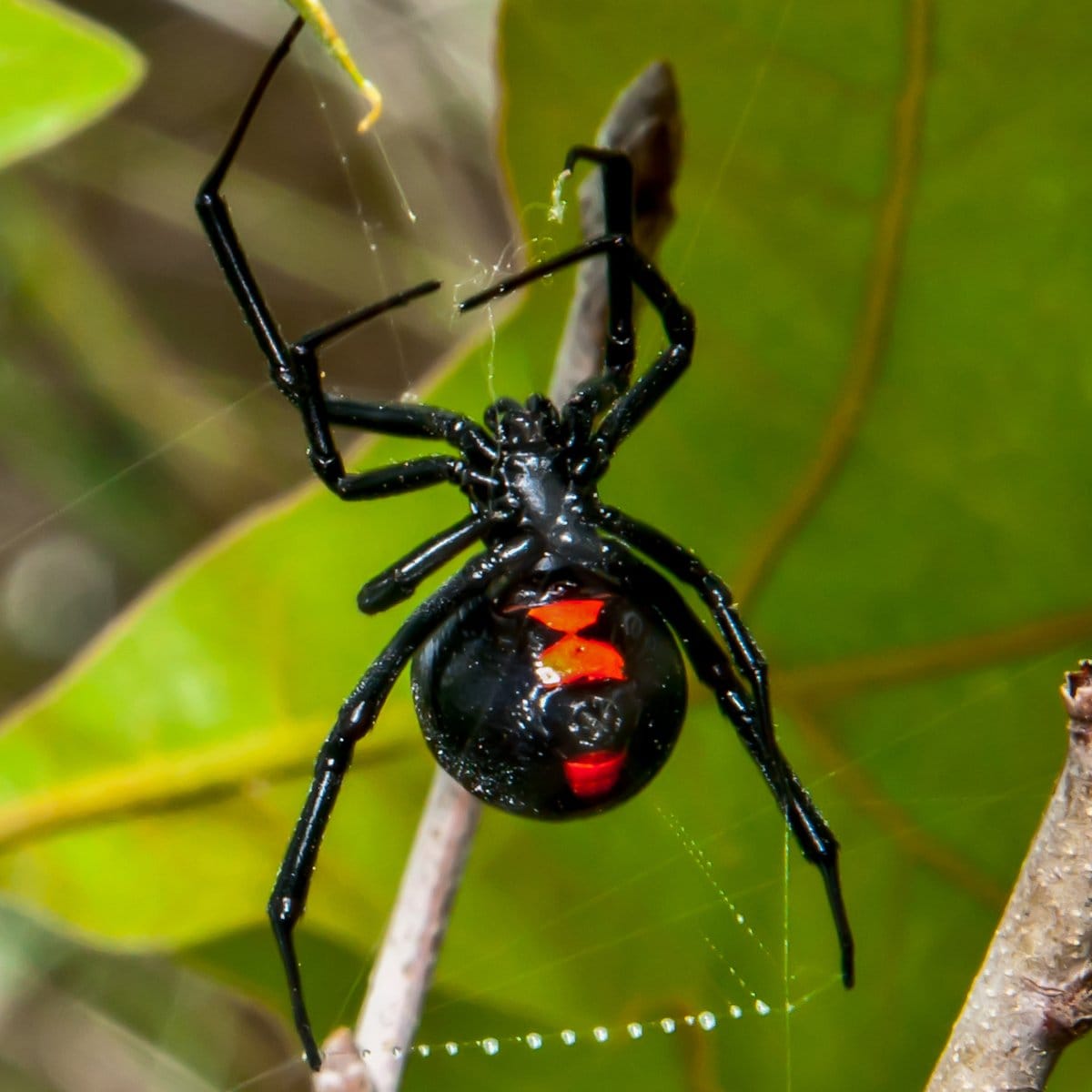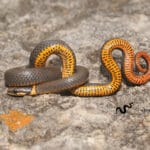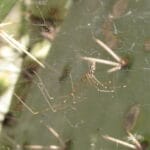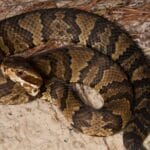Texas, with its diverse ecosystems, is home to a fascinating array of wildlife, including over 900 spider species. While most of these eight-legged creatures are harmless and even beneficial, two species deserve our attention and respect: the black widow and the brown recluse. This comprehensive guide will equip you with the knowledge to identify these venomous spiders, understand the potential dangers they pose, and take the necessary precautions to stay safe. [https://www.lolaapp.com/venomous-snakes-in-oklahoma]
Recognizing Texas’ Venomous Spiders
Identifying these spiders is the first step in avoiding an unpleasant encounter. Think of it like knowing the difference between a friendly neighborhood dog and a less-than-friendly stray.
Black Widow: The Venomous Vixen
The black widow, arguably the most infamous spider in Texas, is easily recognizable by its shiny black body and the distinctive red hourglass marking on the underside of its abdomen. Sometimes, this marking may appear as a series of red dots or even an orange-yellow color. Black widows are shy and prefer dark, quiet places like woodpiles, sheds, cluttered corners, and undisturbed areas within homes. They construct messy, tangled webs, which can be a clue to their presence. While their bite requires medical attention due to its neurotoxic venom, fatalities are rare, especially with prompt treatment.
Brown Recluse: The Master of Disguise
Identifying the brown recluse can be trickier. Light to medium brown in color, it features a dark, violin-shaped mark on its back, earning it the nickname “fiddleback” spider. However, this marking isn’t always clear, and other spiders may have similar markings, making definitive identification challenging. Six eyes arranged in three pairs are a more reliable indicator, as most spiders have eight eyes. The brown recluse prefers undisturbed areas similar to the black widow, hiding under rocks, in closets, storage boxes, or even shoes. Unlike the black widow’s bite, the brown recluse bite is often initially painless, making diagnosis difficult as symptoms, such as a developing sore or ulcer, may not appear for hours or even days.
Other Texas Spiders: Friends, Not Foes
While it’s easy to fear all spiders, the vast majority in Texas are harmless and beneficial, playing a vital role in controlling insect populations. You’re likely to encounter garden spiders, wolf spiders, jumping spiders, and even the large but generally harmless tarantula. While some of these may bite if threatened, their venom is not medically significant for humans. Are you brave enough to explore the intriguing world of these secretive creatures?
Recognizing a Bite and Taking Action
Suspecting a venomous spider bite requires prompt action. This guide provides initial steps, but remember, it’s not a substitute for professional medical advice. Always consult a medical professional for diagnosis and treatment.
| Spider | Likely Symptoms |
|---|---|
| Black Widow | Muscle cramps, stomach pain, sweating, nausea, difficulty breathing |
| Brown Recluse | Slow-healing sore or ulcer, fever, chills, body aches |
What to do if you suspect a bite:
Cleanse the bite: Wash the area thoroughly with soap and water.
Apply a cold compress: Use an ice pack wrapped in a cloth to reduce swelling and pain.
Seek medical attention: Especially for suspected black widow or brown recluse bites, professional medical evaluation is crucial.
Capture the spider (if safe): If possible, safely capture the spider or take a clear picture to aid medical professionals in identification. [https://www.lolaapp.com/are-muskrats-dangerous]
Preventing Spider Bites: Proactive Safety Measures
The best approach to spider bites is prevention. These simple precautions can significantly reduce your risk:
Declutter Regularly: Eliminate potential hiding spots by keeping your home and storage areas tidy.
Wear Gloves: Protect your hands when working outdoors, especially in areas like woodpiles or sheds.
Shake It Out: Before using stored clothing, shoes, or gloves, shake them out to dislodge any hidden spiders.
Seal Your Home: Seal cracks and crevices around windows, doors, and foundations to prevent spiders from entering.
What is the deadliest spider in Texas?
While both the black widow and brown recluse are venomous, the brown recluse is often considered the more dangerous due to its necrotic venom. This venom contains sphingomyelinase D, an enzyme that can cause tissue destruction (necrosis), leading to slow-healing lesions. Systemic effects such as fever, chills, and nausea are also possible. The severity of a brown recluse bite can vary significantly depending on the amount of venom injected and individual sensitivity.
Black widow venom, on the other hand, is a neurotoxin affecting the nervous system. Symptoms can include muscle pain, cramping, and difficulty breathing. While painful and requiring medical attention, black widow bites are rarely fatal, especially with prompt treatment.
Are spiders a big problem in Texas?
With over 900 spider species in Texas, the vast majority are harmless and beneficial, playing a crucial role in the ecosystem by controlling insect populations. The black widow and brown recluse are the primary species of concern, but even their bites are relatively rare. Bites are typically defensive, occurring when the spider feels threatened or accidentally trapped against the skin. Yellow sac spiders, though not medically significant, are more aggressive and account for a larger number of bites, which are often mistaken for more dangerous spider bites.
Is a Texas recluse the same as a brown recluse?
The term “Texas recluse” is simply a local nickname for the brown recluse spider (Loxosceles reclusa). They are the same species. This clarifies important information in the text. Misidentification is common, with many harmless brown spiders mistaken for brown recluses. Accurate identification, focusing on the six eyes in three pairs and the uniformly colored abdomen, is essential.
By understanding the habits of these spiders, respecting their space, and taking sensible precautions, you can coexist peacefully and safely. Knowledge, prevention, and prompt action are your best defenses. Remember, ongoing research continually expands our understanding of these fascinating creatures, so staying informed is key. Consult local resources like the Texas Parks and Wildlife Department or your local extension office for the latest information.

















2 thoughts on “Venomous Spiders in Texas: Identification, Bites, and Safety”
Comments are closed.